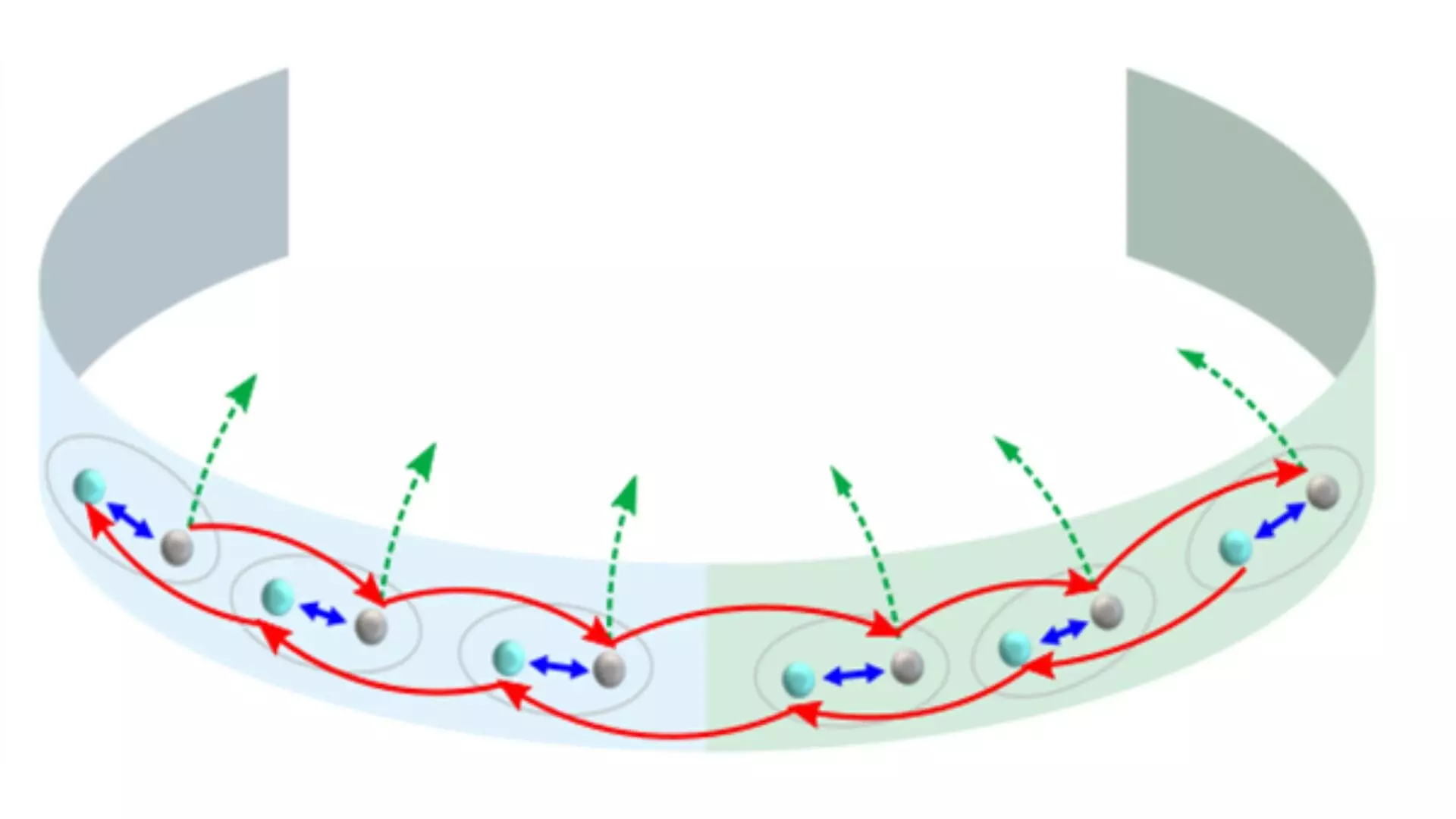The study published in Physical Review Letters sheds light on the first experimental observation of non-Hermitian edge burst in quantum dynamics. This groundbreaking research demonstrates the unique behavior of systems characterized by dissipation, gain-and-loss mechanisms, and interactions with the environment. The study opens up new possibilities for understanding real-world systems that exhibit properties not seen in traditional Hermitian systems.
Non-Hermitian systems, where operators are not equal to their Hermitian conjugates, have complex eigenvalues leading to distinctive phenomena like the non-Hermitian skin effect (NHSE). This effect causes eigenstates to accumulate at the edges or boundaries of the system, showcasing behavior different from bulk properties observed in Hermitian systems. The study focuses on investigating how the edge dynamics of non-Hermitian systems evolve over time, offering insights into systems where the Hamiltonian changes dynamically.
To study the real-time edge dynamics in non-Hermitian systems, the researchers utilized a carefully designed photonic quantum walk setup. This setup featured a one-dimensional quantum walk with photons controlled by quantum coin flips, introducing probabilistic movement. A boundary or wall segmented the system into two regions with different quantum walk rules. By manipulating the photon’s movements with various optical tools, the researchers aimed to understand how non-Hermitian edge burst occurs at the boundary.
The experimental observations revealed an increase in the probability of photon loss at the boundary, confirming the existence of non-Hermitian edge burst. This phenomenon occurs when the non-Hermitian skin effect is present, and the imaginary gap in the energy spectrum closes. The interplay between static localization and dynamic evolution highlights the complexity of non-Hermitian systems. The researchers also noted that the initial position of the photons influences the prominence of the edge burst, with photons starting further from the boundary experiencing reduced photon loss.
The discovery of real-time edge bursts in non-Hermitian systems has significant implications for applications in localized light harvesting, quantum sensing, and photonics. The spatial and spectral sensitivity of the edge burst phenomenon provides new avenues for research in non-Hermitian topological systems. This research opens the door to exploring universal scaling relations and uncovering further dynamic phenomena in non-Hermitian systems.
The study on non-Hermitian edge burst in quantum dynamics marks a significant advancement in understanding the behavior of complex systems with dissipation and gain-and-loss mechanisms. The experimental observations provide valuable insights into the interplay between static topological properties and dynamic evolution at system boundaries. This research paves the way for future investigations into non-Hermitian systems and their potential applications in various fields.


Leave a Reply